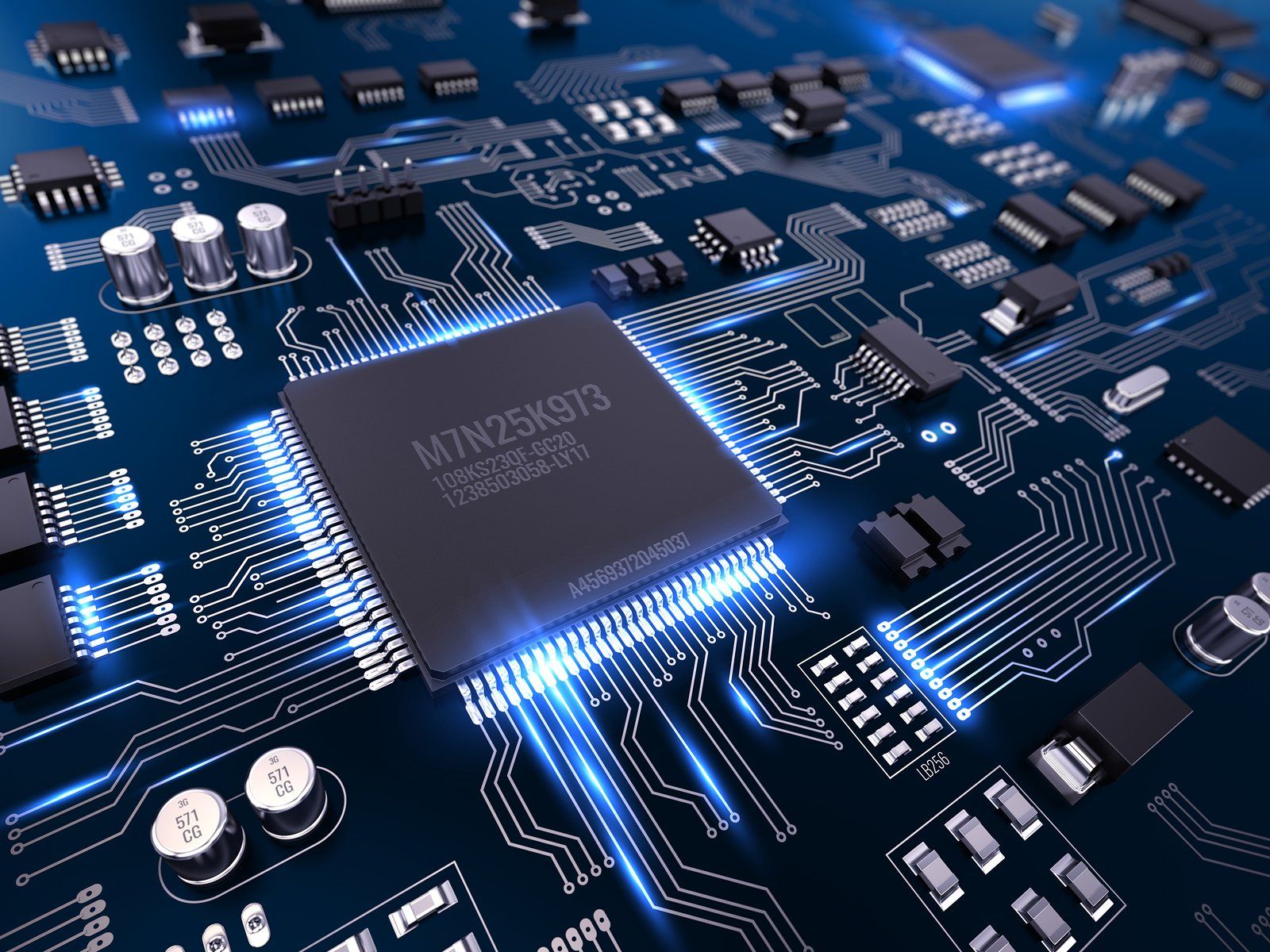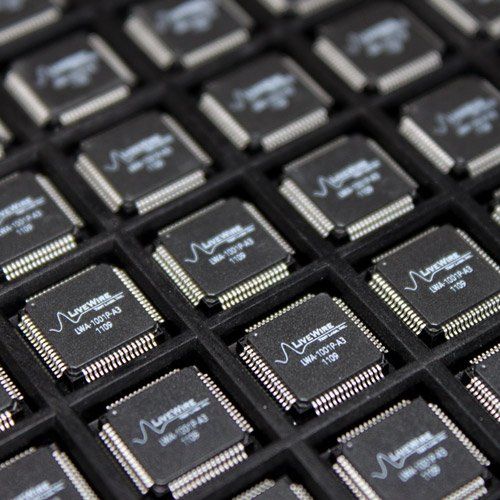
What the Purpose of Fabless Semiconductor Companies
It used to be when someone got an idea to make something, they often had to dream it up, do the drawings, figure out the equipment necessary to build it, and then arrange financing to obtain a building and equipment. Sometimes there was no equipment made to build what they had invented, or needed to build better and cheaper than was currently available on the market. That meant retrofitting or special tooling of equipment – both expensive propositions. Once all that was done finding qualified staff, raw materials that would meet specifications, and working out the bugs on the production line loomed ahead. That all had to happen before the first product rolled off the end of the line and into a box or package so the new sales staff could sell it with help of your marketing department.
Business today does not have time for all that. You have to be on the cutting edge, and able to stay up with – and competitive – with your competition.
What if we told you there is an easier way? In today’s complex world of fast moving and changing technology, it is more often than not unfeasible for a company to make, or sometimes even obtain, all the components they need that do just what they want when they are manufacturing a new product. In most situations it is cost prohibitive and time consuming to do your own tooling. Component supplies, especially those involving electronics with rare and precious elemental materials, are dictated far too often by supply and demand, world economic issues, and raw materials supply. It can make start-ups and new products challenging to produce in a timely manner, let alone make a return on your investment.
US-ASIC knows this and realizes how tough it can be to obtain the electronic components, semiconductors, integrated circuits, and specialty parts you need for your manufacturing line. We specialize in sourcing exactly what you need for electronic components, or can design and arrange production of custom semiconductors, integrated circuits, and other parts you need to build your final end products. We do it competitively, with expert, experienced, dedicated engineering. We have many years in the industry, have solid, high quality manufacturing agreements, and know the fabless semiconductor companies that are reliable, produce quality, and meet schedules. US-ASIC has been voted one of the top semiconductor chip design companies in the world repeatedly.
Take the worry and frustration out of trying to reinvent the wheel when it comes to semiconductors and components. Contact US-ASIC at any of our worldwide offices and let our expert ASIC chip design engineering staff work with you to make maximizing your company profits easier and more cost effective. Our team excels in solving problems and stress faced by companies attempting to handle purchasing and manufacturing of semiconductor components internally.
Why is it Better to Use Semiconductor Design Companies?
There are several important reasons to consider using a quality semiconductor design company for your special purpose chip design. First is the cost control factor. When you can replicate a component under strict manufacturing standards on top of the line, calibrated equipment, over and over, your cost per unit goes down. Utilizing a fabless semiconductor supplier specializing in analog or digital means you have manufacturing standards that are set and monitored by a team of highly trained specialists including ASIC engineer staff that understand the necessity of defined tolerances, consistent materials, and clean builds. They also understand the what, why, and how of the components in terms of your application.
Our experienced team of engineers and specialists may be able to locate exactly the semiconductor or ASIC component you need readily available for immediate shipping in our vast worldwide network of suppliers. If not, our design team can take your ideas and create plans for exactly what is required. After approval we source it out to one of the top semiconductor companies in our network. Having control of all parts of the manufacturing process from raw materials through shipping on large-scale means they can tool for precise creation of semiconductor products to your exact specifications. This means you are paying for exactly what you need in a component, and not paying for other functions, pathways, or circuits that your particular application does not need. Those generics can create a waste of precious design space, capacity, fit, cost, and may even cause impedance and other issues that affect the overall performance and tolerances of the part.
As the intermediary design house, US-ASIC is specially suited to translate your company’s needs into the technical language, drawings, plans, and cost analysis projections needed for both the manufacturing plant to know exactly what you need done including +/- tolerances and run requirements, as well as your accounting staff for job costing. Our long-standing agreements with fabless semiconductor supply houses means we can get your semiconductor products to you faster at a lower per unit cost after initial design and tooling. You only pay for what you need the part to actually do, complete, or become. This streamlining assures quality control, increased profitability, and less stress and potential cost liability for your company.
Can I Get Custom Semiconductor Chip Design Done at US-ASIC?
Designing what you need built in custom semiconductor chip design is what we specialize in at US-ASIC. Whether you are building a platform for crypto currency mining or a mass-produced basic mobile phone, your needs and ideas will be put to hard copy by our experienced integrated circuit design engineer staff. The ASIC design engineer will confirm all designs with your in-house engineering or design team, as well as management on all appropriate levels. We will outsource the build to the best-qualified plant we work with on a turn-around schedule to meet your timeline. When you need an electronic component built to your standards, contact US-ASIC. We operate worldwide, and we speak your language.
Check out some of our solutions here:



Northern Europe/Scandinavia
Contact: Lars NilssonTel: +468 6695650E-mail: Lars.nilsson@us-asic.com Mobile: +46 70 5958081
Asia
Contact: Steve ChoiTel: 82-2-2057-2877
(#1000)E-mail: asifs@norcalts.com
Privacy Policy | Terms & Conditions | Copyright 2022 U.S. ASIC | Website & SEO by Iron Oak Marketing




